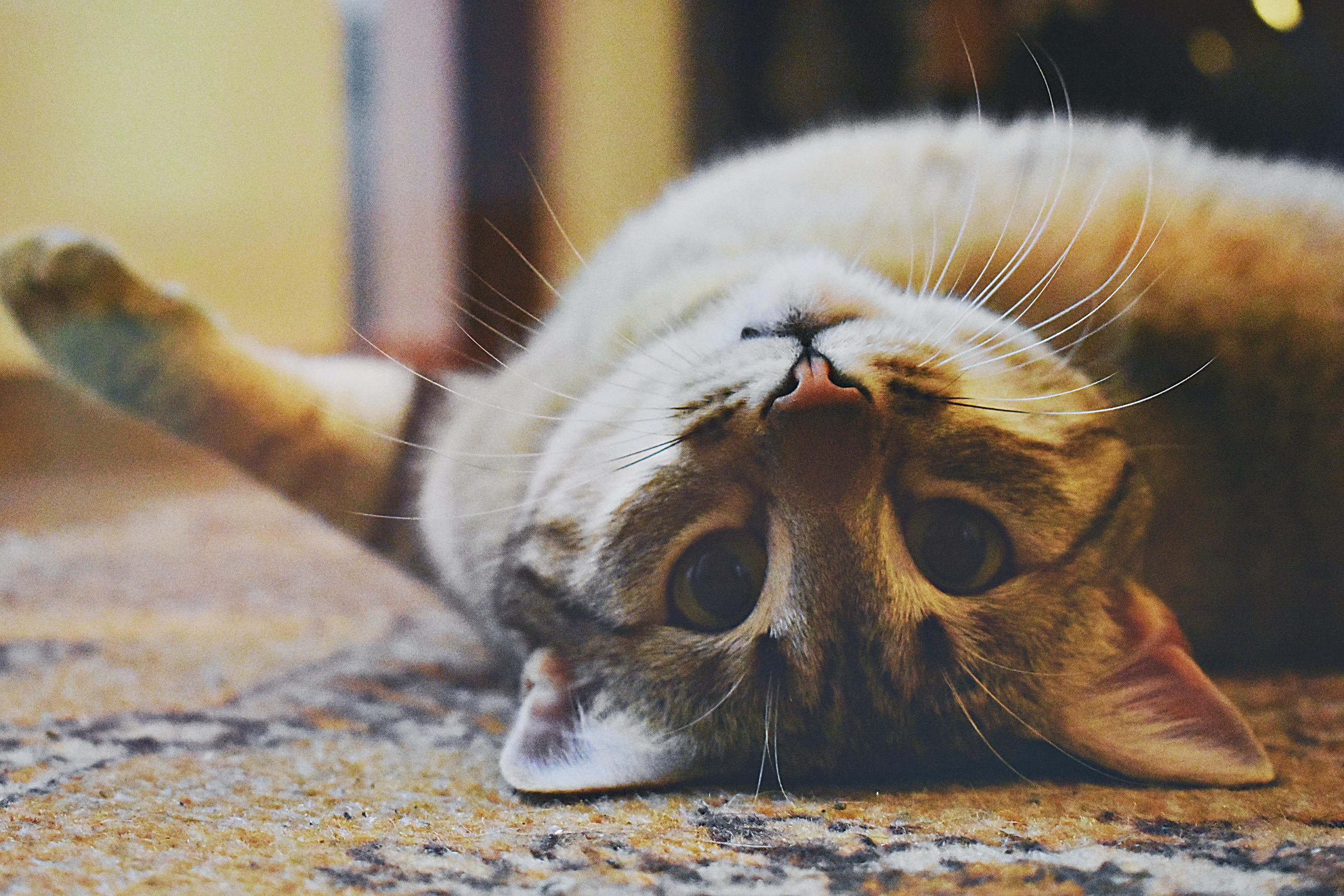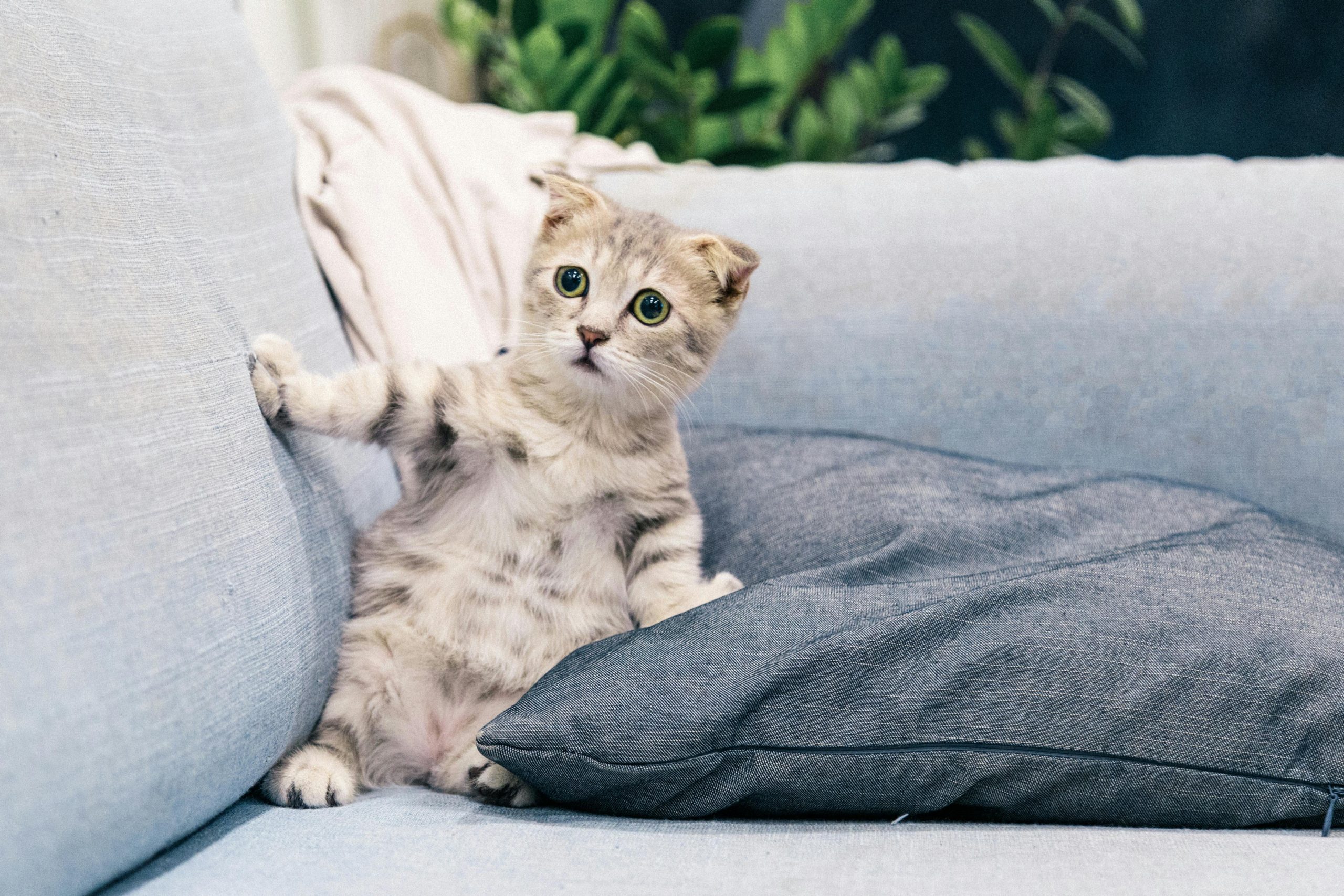1. Understanding Feline Urinary Issues
When a cat is pooping in the litter box but not peeing, it may indicate a potential urinary issue. Cats are known for their cleanliness, and using the litter box is a natural behavior for them. However, if they are exhibiting this specific behavior, it is essential to understand the possible causes and address the situation promptly. Here are some key points to consider:
- Urinary Tract Infections: One of the common reasons for a cat to stop peeing in the litter box is a urinary tract infection (UTI). UTIs can cause discomfort and pain while urinating, leading the cat to associate the litter box with discomfort and avoiding it.
- Urinary Blockages: Another potential issue is a urinary blockage, predominantly seen in male cats. This condition occurs when there is an obstruction in the urinary tract, preventing the cat from urinating properly. It can be a life-threatening emergency and requires immediate veterinary attention.
- Stress or Anxiety: Cats are sensitive animals, and stress or anxiety can impact their behavior. If a cat is experiencing stress or anxiety, it may affect their ability to relax enough to urinate in the litter box. This can be triggered by changes in the environment, new additions to the household, or other factors that disrupt their routine.
- Litter Box Issues: Sometimes, the issue may lie with the litter box itself. Cats can be picky about their litter box preferences, and if the litter box is dirty, in an inconvenient location, or has an unpleasant odor, the cat may choose to poop in the litter box but avoid peeing there.
- Medical Conditions: Certain medical conditions, such as kidney disease or bladder stones, can affect a cat’s ability to urinate properly. These conditions may require veterinary diagnosis and treatment.

2. Steps to Address the Issue
When your cat is pooping in the litter box but not peeing, it is important to take appropriate steps to address the issue and ensure the well-being of your feline companion. Here are some steps to consider:
- Consult a Veterinarian: The first and most crucial step is to consult a veterinarian. They can perform a thorough examination, conduct necessary tests, and determine the underlying cause of the issue. Treatment will depend on the diagnosis.
- Rule Out Medical Conditions: The veterinarian will assess your cat’s overall health and check for any underlying medical conditions that may be causing the problem. If a medical condition is identified, appropriate treatment will be recommended.
- Address Stress or Anxiety: If stress or anxiety is identified as a contributing factor, it is important to identify and address the source of stress. Creating a calm and secure environment, providing hiding spots, and using pheromone products can help reduce anxiety in cats.
- Ensure Litter Box Hygiene: Keep the litter box clean and odor-free. Scoop the litter box daily and change the litter regularly. Cats prefer a clean and fresh litter box, and maintaining good hygiene can encourage them to use it for both peeing and pooping.
- Provide Multiple Litter Boxes: Consider providing multiple litter boxes in different areas of the house. Some cats prefer to have separate litter boxes for urinating and defecating. Additionally, having litter boxes in easily accessible and quiet locations can help reduce stress and encourage proper litter box usage.
- Monitor Water Intake: Encourage your cat to drink an adequate amount of water. This can be done by providing fresh water in clean bowls and considering the use of water fountains. Sufficient hydration can help prevent urinary issues.
- Follow Veterinary Recommendations: It is essential to follow the recommendations provided by the veterinarian regarding treatment, medication, dietary changes, or any other necessary measures to address the specific issue affecting your cat’s urinary habits.

3. Prevention and Ongoing Care
Once the issue has been addressed, it is important to take preventive measures and provide ongoing care to maintain your cat’s urinary health. Here are some key points to consider:
- Regular Veterinary Check-ups: Schedule regular check-ups with your veterinarianto monitor your cat’s overall health and catch any potential urinary issues early on.
- Proper Hydration: Ensure your cat has access to fresh water at all times to promote proper hydration and urinary tract health.
- Stress Management: Minimize stressors in your cat’s environment and provide a safe and secure space for them to relax.
- Appropriate Diet: Feed your cat a balanced and high-quality diet that supports urinary health. Consult with your veterinarian for specific dietary recommendations.
- Monitor Litter Box Habits: Keep an eye on your cat’s litter box habits and promptly address any changes or irregularities.
- Promote Exercise: Encourage regular exercise and playtime to keep your cat physically active and mentally stimulated.
- Address Litter Box Preferences: Take note of your cat’s litter box preferences and ensure they have a comfortable and suitable litter box setup.
Remember, each cat is unique, and it may take time and patience to identify and address the underlying cause of your cat’s litter box behavior. Consulting with a veterinarian is essential to ensure proper diagnosis and treatment. With the right care and attention, you can help your cat maintain a healthy urinary system and litter box habits.

Leave a Reply